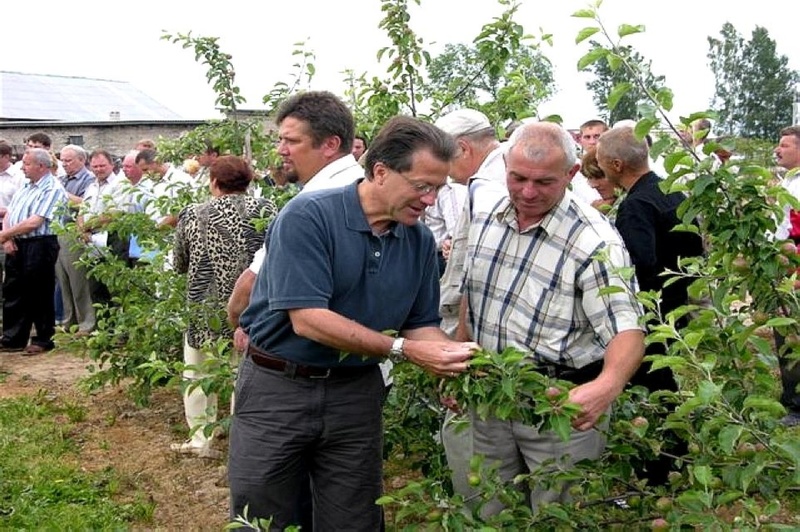In the setting of both agricultural and non-agricultural, what most people do not know is the complete idea of what is integrated pest management and how it can help in the pest problems that many people encounter today.
Integrated Pest Management (IPM), also known as Integrated Pest Control, is a general pest control plan that is one of the creative alternative approaches in the line of rising infestations around the world — with the slightest possible hazard to property, people, and the environment.

Integrated Pest Management Origin
As agriculture arose in the 1970s, the term integrated pest management transpired and became one of the approaches that represented a specific strategy. They developed this in response to the negative effects of pesticide overuse during that time.
Ray F. Smith and his research partner Dr. Perry Adkisson are the persons behind integrated pest management.
Significance of integrated pest management
In utilization and decision-making about what pest management strategy to use with particular pests, studying its phenology, curative control measures, and economic thresholds, integrated pest management is significantly preferable.
Integrated pest management’s main goal is to control pest population before they come to the highest level of damage — both environmentally and economically.
4 Categories Of Pest Control Form Of IPM’s
1. Pest-resistant crops
Primarily, maize and cotton are often known to be Bt crops because their gene identification is originally from the bacterial species called Bacillus thuringiensis (here are some ideas on how to use thuricide for your garden). To deal with and lessen the population of pests in the fields of Bt crops, one experiment in the US released pest sterilization using radiation.
2. Cultural control
Cultural control includes the cultivation of alternate hosts such as crop rotation, trap crops, planting sites selection, adjusting the harvest, and time planting.
3. Physical and mechanical control
Trenches or row covers are good examples of physical barriers that can be used to prevent insects from making it to the crops. Using plastic-lined trenches in trapping large numbers of Colorado potato beetles is proven effective during the time of spring and fall.
4. Chemical control
For chemical control, this is fast-acting, very easy to apply, and relatively cheap. This is because insecticides are a formulation of aerosols, liquids, dust, powders, baits, and different granules.
If IPM strategies are unable to rid the population of insect pests, some choose to use chemical control.
What are the benefits of integrated pest management?
Integrated pest management is a dynamic and flexible strategy that has different proven programs. These programs significantly reduce the high risks of harmful pesticide effects while improving the health and welfare of the environment.
Here are some of the benefits of an integrated pest management strategy:
- Stimulates healthy plants and sound structures
- It promotes bio-based pest control alternatives (see what is a biological control for pest management for your reference)
- Non-target species are protected through fewer collision pest control activities
- Lower risk of groundwater and air contamination
- Environmental risk is less by pest management adapting to more ecological benign control tactics
- Pest management methods such as environmental-friendly reduce the need for pesticides
- Pesticide residue related becomes a minor issue
- There is an increase in pest management cost-effectiveness
- Relieves pest and pesticide-related concerns of public community
6 Steps Of Integrated Pest Management
Step #1. Responsible pests and damages must be identified
Proper identification may result in effective actions but cases of pest mistaken identity may lead to damage and problems.
Step #2. Learn biology, pest and host life cycle
Being knowledgeable about the general ideas concerning pests, host life cycle, and even a little background about biology will help you take preventative steps.
Step #3. Observe pest population environment sample
Correct identification of pests is essential so that the preventative actions will be effective and correct in time. You can begin the monitoring and do some countermeasures before the problem gets big.
Step #4. Establish health, economic or aesthetic action threshold
It is important to know that there are a certain number of pests, in some cases that can only be tolerated. Tolerance of pests may vary depending on the health hazard, economic, cosmetic damage, and so on.
Step #5. Select the appropriate management tactics combination
There are several IPM options to consider when it comes to pest situations. You can check Integrated Pest Management (IPM) Tactics.
Step #6. Assess results
You must look if there are any other side effects or if the method is satisfactory. Also, you must evaluate the results of the actions taken or if there is a need to add for future pest situations.
What is the role of integrated pest management in agriculture?
- IPM applies sustainable pest treatment
- Pesticide residues are diminishes
- Services for ecosystem enhances
- There is an increase in the level of income
- IPM helps to increase the knowledge of farmers
Conclusion
You can always choose a guilt-free pest control treatment through IPM. Whether you are in the agricultural or non-agricultural setting, the right idea on “what is integrated pest management” will work to your advantage when getting rid of the pest infestations you are experiencing today.
